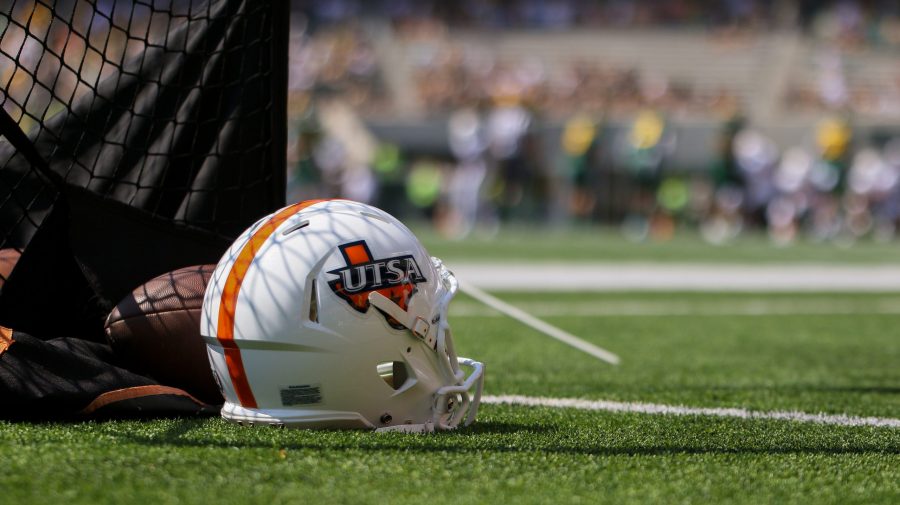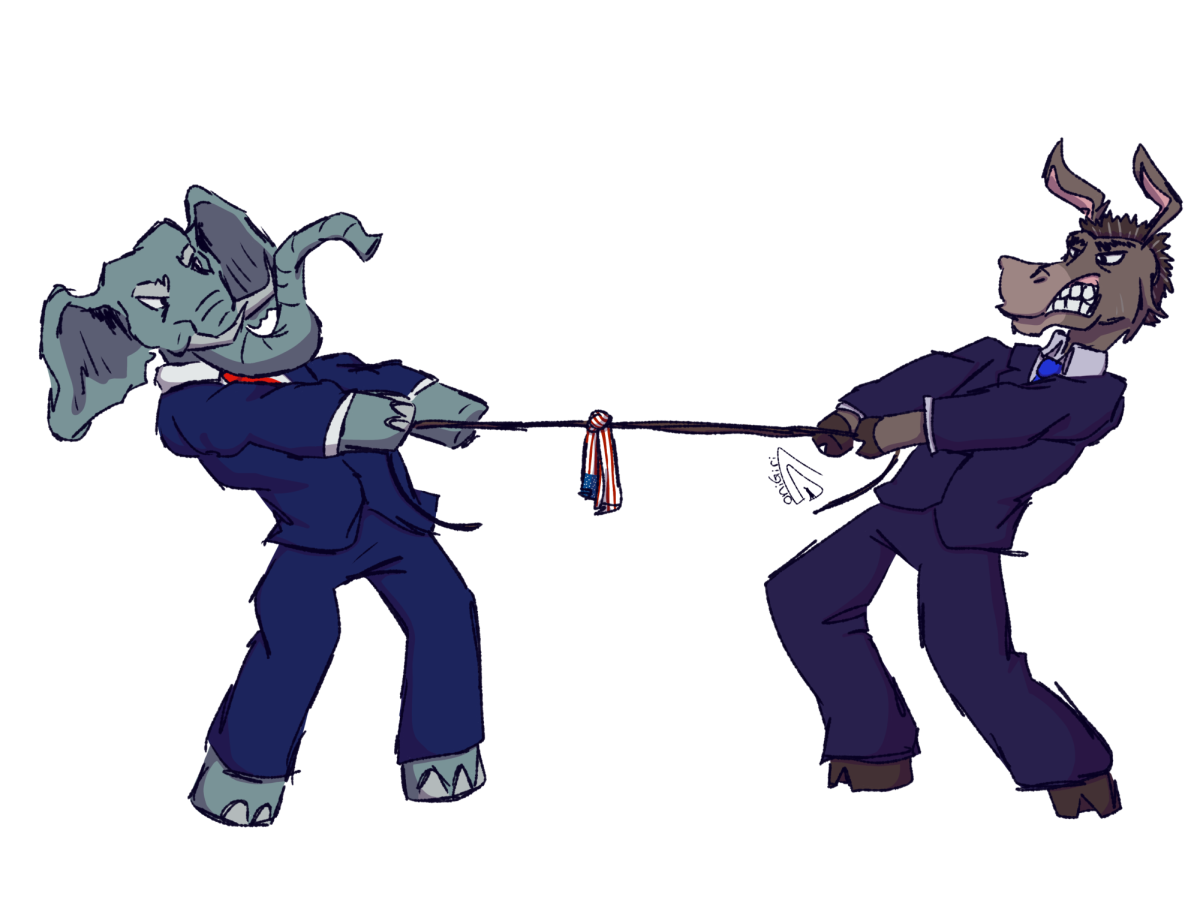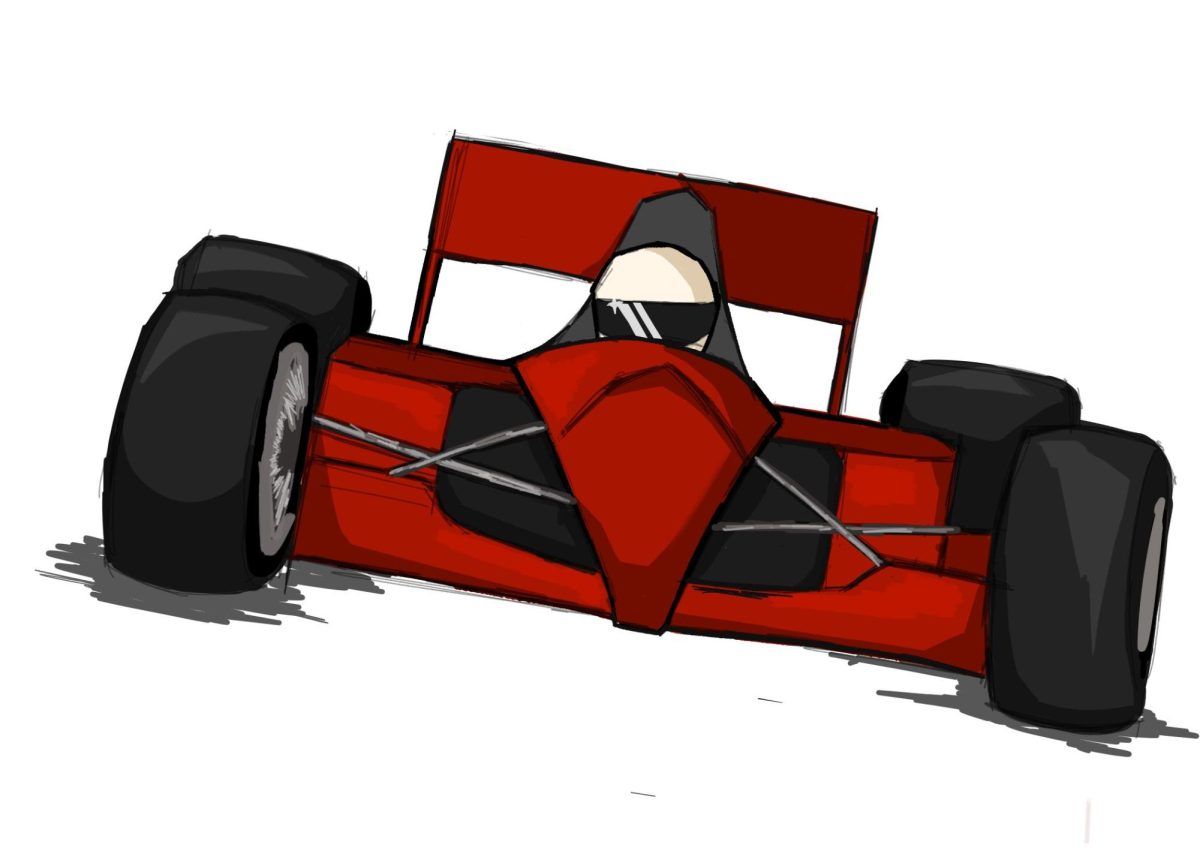The coach-player relationship is a bond that a select few individuals get to experience, but the boundaries of that relationship can vary between athletes. The player on the end of the bench, who could lose his scholarship if he does not play at top form, will not be as open about their mental struggles as the star starter of the team.
After the tragic suicide of Washington State quarterback Tyler Hilinski in 2018, a greater focus needs to be placed on the mental health of collegiate athletes. Mental health resources for athletes are incredibly important to prevent tragic events like Hilinski’s suicide.
One side of the spectrum goes through some kind of mental struggle at some point in their college career. This includes the school’s athletes who are under a greater microscope than any other student on campus. Their Adidas backpacks and ‘pack mentality’ when travelling prevents them from blending in among the student body. Each mistake they make on the field is criticized even though they play a sport that could alter their physical ability for years.
Head volleyball coach Laura Neugebauer-Groff believes that UTSA has been on the forefront of athlete mental health and that UTSA’s roll has been fulfilled in the mental health process.
“So what we do is we divide the team up. We have 15 on the team this year, and my assistant coaches and myself each have five players, and we have our weekly meetings with them,” Groff said. “We call them academic meetings, but we talk about life. It’s about what’s going on in school. We need to know if they have a bunch of tests this week. At the same time, we ask them to put that aside. We don’t want them to take volleyball into the classroom.”
Groff believes that having a sports psychologist on staff and being able to communicate honestly with their athletic trainer are vital for student athletes to have an outlet to talk about their mental health. Senior middle blocker Kara Teal echoed Groff’s sentiments.
“She’s come and visited our team, and she’s just talked about how she’s available whenever we need her for any type of thing,” Teal said. “I’m sure lots of people throughout the athletics program have gone to her and talked to her because what we do is pretty taxing, pretty grueling in all ways possible.”
The struggle that athletes are forced to endure playing the sport they love is unlike anything in any other profession. Teal described the challenges that come with being a student athlete by describing what an average day was like in her previous semester at UTSA.
“This semester is different. We practice three to six at night, actually; so I’ll leave practice early and go. Throughout the day, I’m doing treatments and rehab from like 10 to right before practice. So for hours, I’m just sitting here, getting my body right and ready to go. Then in the summer, we’ll have like three practices a day sometimes and then again the next day, so it’s just a lot and it builds up.”
On the surface, UTSA athletics seem to be doing everything possible to aid its athletes, but according to Anjali Shah, UTSA is simply not doing enough for its athletes.
Shah, Student Health Action Committee director within the Student Government Association has been following UTSA’s progress regarding athlete mental health. Last year, Shah began attending the Student Athletic Advisory Committee who believed is the issue of mental health was being pushed aside.
After Hilinski’s suicide, Shah went to ‘hunt down’ athletes to get them to discuss some mental health topics with 30-second Instagram clips. The popularity of the topic has led Shah to begin creating a documentary to give people an inside look of what it’s like to have a stressful collegiate life in terms of athletics.
“Bottom line is that it’s a two-way street. My goal is to get not only all the faculty, but our coaches and trainers trained in Mental Health First Aid. When students leave after four years they still have these issues to deal with. The coach is on to the next player, I want coaches to understand how you teach and how you coach is an influences these kids.”
This is one of the most important conversations a coach and player can have together. Giving all of our coaches the correct resources and training is essential to aid our players performance at peak levels in the classroom and on the field. The progress UTSA has made in the past three years is tremendous, but simple additions to the foundation that Athletic Director Lisa Compos has already built can only be beneficial to our athletes.










